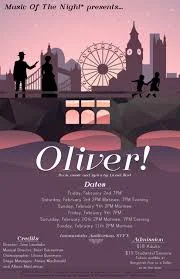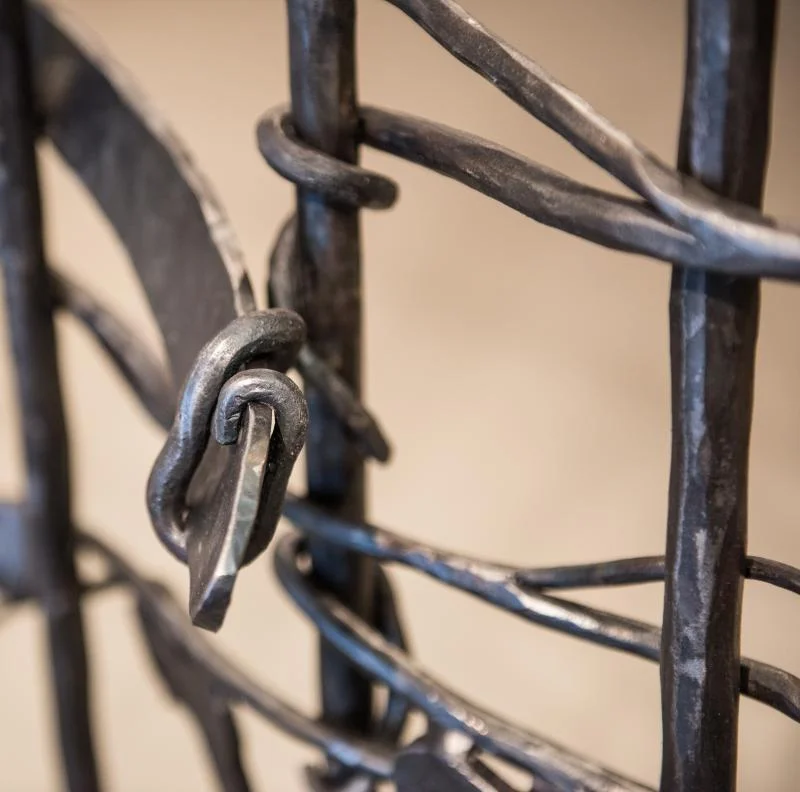Jeremy Dutcher is a Leader of Indigenous Renaissance
/Tobique First Nation brings the prestigious Polaris Music Prize home
Jeremy Dutcher takes home the 2018 Polaris Music Prize award and declares the nation is in the middle of an Indigenous renaissance. The musician, who grew up in Tobique First Nation, is at the forefront of this renaissance having contributed what is arguably the most notable Canadian album of the year.
Wolastoqiyik Lintuwakonawa is the name of the album that has swept the nation off its feet. The album preserves and revitalizes a fragment of Indigenous culture in the voice and piano playing of a classically trained operatic tenor.
The name of Dutcher’s album translates to Our Maliseet Songs. The vocals and melodies feature Dutcher’s singing and musical interpretation of wax cylinder recordings from over a century ago.
Dutcher studied 110-year-old wax cylinder recordings of his ancestors that were kept at the Canadian Museum of History in Gatineau, Québec. The recordings were preserved by anthropologist William H. Mechling who lived with the community for seven years between 1907 and 1914. On top of recording songs, jokes, dialogues and various social interactions between the Wolastoq people in wax phonograph cylinders, the following photograph was taken by Mechling at Tobique in 1911.
While speaking with Exclaim!, Dutcher admits that more than 20 percent of 100 songs had deteriorated to the point of being indecipherable. Most had been forgotten by his community, due to lack of access to the materials since the Indian Act of 1876.
The language of the Wolastoqiyik, whose ancestral territory is all along what is now known as the Saint John River in New Brunswick, is now spoken by fewer than a hundred fluent speakers.
Dutcher is a graduate of Dalhousie University with a BA in Music and Social Anthropology. Research for Wolastoqiyik Lintuwakonawa had begun long before graduation from the program in 2012. Respected elder Maggie Paul inspired Dutcher to pursue the transcription of these cylinders which eventually developed into the studio album.
Chief of Tobique First Nation, Ross Pearle, commended Jeremy for preserving the language of the Wolastoqiyik, “The chief, council and community of Neqotkuk are very proud of Jeremy receiving the Polaris award. Taking wax recordings in our maliseet language that survived the years of forced assimilation of our people and adding his musical talent to showcase internationally is very admirable. Jeremy deserves this recognition for all his hard work.”
Dutcher’s talent is reaching audiences all over the globe. After the traveling musician played the Halifax Pop Explosion at The Marquee Ballroom in Halifax on October 17, Dutcher took flight to Las Palmas, Spain to play at The World Music Expo (WOMEX).
WOMEX is the biggest conference of the global music scene attended by thousands of professionals in the field. There is a trade fair, talks, films, a showcase festival at each annual conference.
Over 2,600 professionals (including 303 performing artists) come together every October from more than 90 countries, making WOMEX not only the number one networking platform for the world music industry, but also the most diverse music meeting worldwide.
A collaboration with pop artist Casey MQ led to the “Pomok Naka Poktoinskwes” remix of Dutcher’s water rights’ anthem. MQ’s spin on the tune has a much faster electronic beat. While it honours the precedent, it strays away from the mellow distinguished piano and powerful vocals of Dutcher.
The Polaris Music Prize was last won in 2016 by Colombian-Canadian electronic musician Lido Pimienta and in 2017 by Louis Kevin Celestin who is a Haitian-Canadian DJ and record producer. Dutcher’s victory harkens back to the 2015 Buffy Sainte-Marie’s Power In The Blood win. Dutcher’s album is up to par with the albums of these greats and available for purchase at Sunrise Records, iTunes and Spotify.











